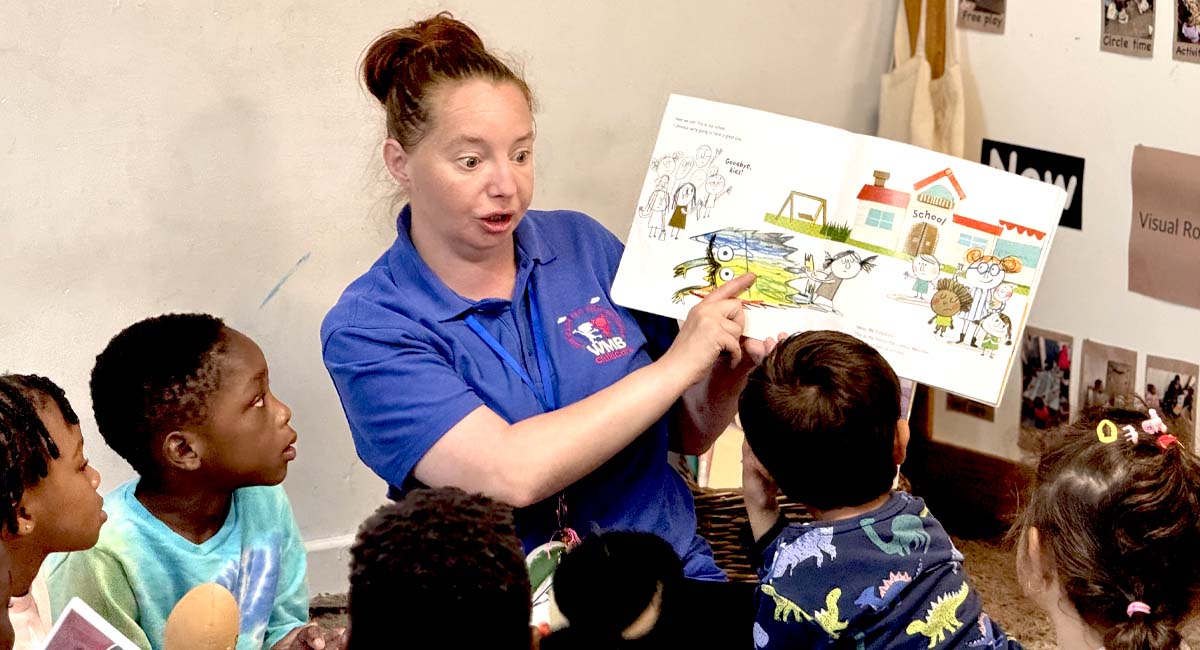Different Ways to Help Your Child Think of Possible Solutions
As parents, we inherently desire to equip our children with the essential skills they need to navigate life’s challenges successfully. Among these critical skills, problem-solving stands out as a cornerstone of resilience and adaptability. Cultivating the ability to think through issues and devise effective solutions not only empowers children but also sets them on a path toward independence and confidence. In this guide, we’ll explore various strategies and activities to help your child develop their problem-solving capabilities.
1. Encourage Critical Thinking from an Early Age
Critical thinking forms the bedrock of effective problem-solving. Encouraging your child to question, analyze, and evaluate situations fosters a mindset conducive to finding solutions. Engage your child in discussions that stimulate their curiosity and encourage them to explore different perspectives. Ask open-ended questions that prompt them to consider alternatives and weigh the consequences of their decisions.
2. Foster a Growth Mindset
Instilling a growth mindset in your child is pivotal for fostering resilience and perseverance in the face of challenges. Emphasize the idea that intelligence and abilities can be developed through effort and practice. Praise your child’s efforts and strategies rather than focusing solely on outcomes. By celebrating their progress and resilience, you cultivate a mindset that embraces learning from setbacks and sees obstacles as opportunities for growth.
3. Model Problem-Solving Behaviors
Children often learn best by observing the actions of those around them, especially their parents and caregivers. Demonstrate problem-solving skills in your daily interactions, whether it’s troubleshooting a household issue, planning a family outing, or resolving conflicts. Narrate your thought process aloud to help your child understand how you approach problems, break them down into manageable parts, and brainstorm potential solutions.
4. Provide Opportunities for Independent Decision-Making
Empower your child to make decisions and solve problems independently within age-appropriate boundaries. Offer them opportunities to take on responsibilities and make choices, allowing them to experience the consequences of their actions in a supportive environment. Encourage autonomy while offering guidance and support as needed, gradually increasing the complexity of challenges as your child grows more proficient in problem-solving.
5. Engage in Creative Problem-Solving Activities
Make problem-solving engaging and fun by incorporating interactive activities into your child’s routine. Puzzles, board games, and scavenger hunts not only stimulate cognitive skills but also encourage strategic thinking and collaboration. Encourage your child to brainstorm multiple solutions to a given problem, encouraging creativity and divergent thinking. Experiment with STEM (Science, Technology, Engineering, and Mathematics) kits and DIY projects that encourage hands-on exploration and experimentation.
6. Foster Collaboration and Communication
Effective problem-solving often requires collaboration and effective communication. Encourage your child to work with peers, siblings, or family members to solve problems collaboratively. Emphasize active listening, empathy, and constructive feedback as essential components of productive teamwork. Encourage your child to articulate their ideas clearly and respectfully, fostering communication skills that are vital for navigating social and academic environments.
7. Reflect and Learn from Experience
Encourage your child to reflect on past experiences and identify lessons learned from both successful outcomes and challenges encountered along the way. Facilitate discussions that encourage metacognition, prompting your child to consider what strategies were effective, what could have been done differently, and how they can apply these insights to future situations. Celebrate their progress and resilience, reinforcing the notion that learning from mistakes is an integral part of the problem-solving process.
In conclusion, nurturing your child’s problem-solving skills is a journey that requires patience, encouragement, and a supportive environment. By fostering critical thinking, instilling a growth mindset, modeling problem-solving behaviors, providing opportunities for independent decision-making, engaging in creative activities, fostering collaboration and communication, and encouraging reflection, you empower your child to approach challenges with confidence and resourcefulness. As they embark on their journey of discovery, they’ll not only develop essential life skills but also gain the resilience and adaptability needed to thrive in an ever-changing world.









